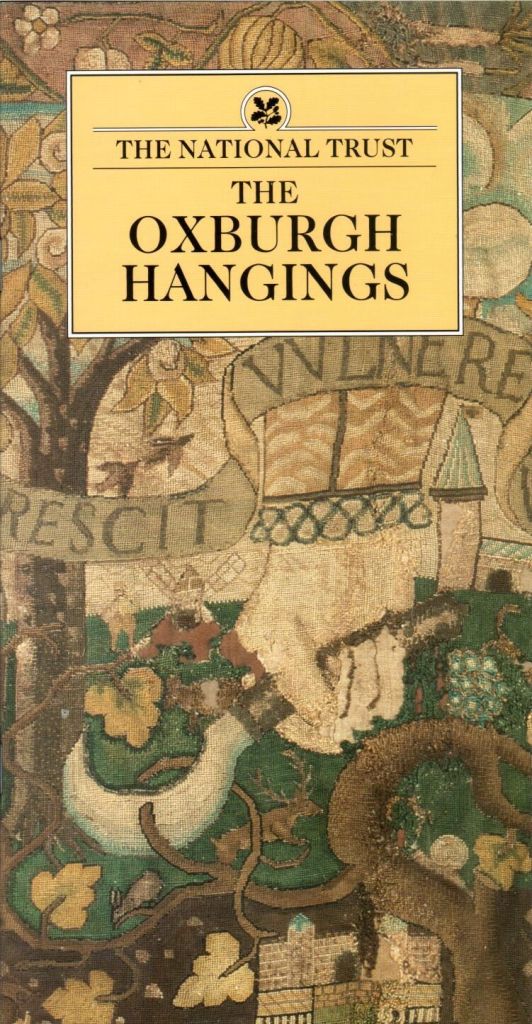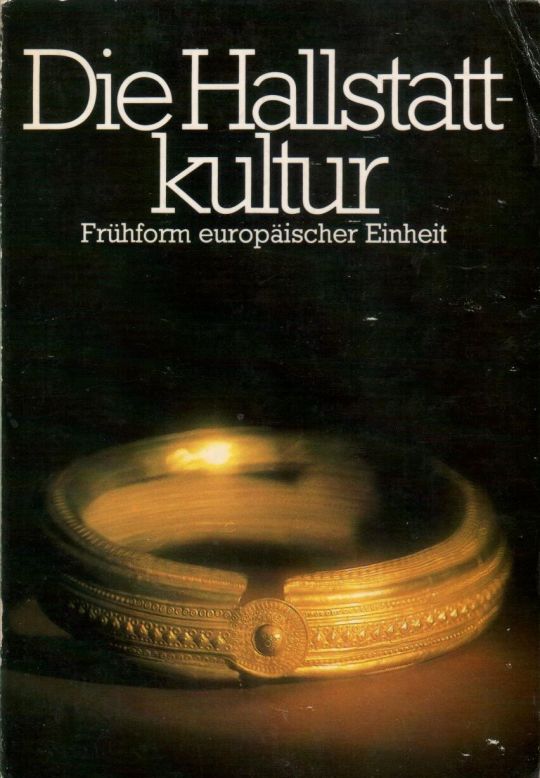Segontium Roman Fort
The Roman fort of Segontium lies on the edge of Caernarfon in north Wales. The fort is the property of the National Trust but was placed in state guardianship in 1958. The original National Trust guidebook was by C.A. Ralegh Radford who prepared so many of the guides for sites in the care of the Office of Works. The fort was excavated by (Sir) Mortimer Wheeler in 1920-23.
The original ‘blue guide’ was written by G.C. Boon, Assistant Keeper of Archaeology at the National Museum of Wales (1962; 2nd ed. 1963). My MPBW ‘Official Guidebook’ is the fourth impression of the second edition (1969) costing 2 s 6d [12.5 p]; the DOE ‘Official Guidebook is the fifth impression (1972) costing 15 p. The guidebooks have a section on ‘The visible remains’ and ‘The historical background’, with a summary in Welsh. There is a foldout plan inside the back cover. I also note the presence of a quote by Professor Robert Carr Bosanquet, a former Director of the British School at Athens (and later at Liverpool University), to introduce the guide: ‘These ruins are the title-deeds of the ancient borough of Caernarvon’. There are a number of plans and photographs, including a reconstruction of the fort by Alan Sorrell.The DOE edition differs by stating the name of the fort in Welsh on the title page: Caer Rufeinig Segontium, Sir Caernarfon. And inside the cover is a paragraph on DOE Season Tickets in both English and Welsh.
A.L.F. Rivet and Colin Smith note that the fort’s name was turned into Segontion and then into the form Caer Segeint and Caer Seint.
The new bilingual Cadw guide by Jeffery L. Davies (2005) uses the Welsh form of Segontiwm. This guide with new reconstruction by John Banbury, a plan and small finds has sections on the History of the Fort / Hanes y Gaer; Tour of the Fort / Taith drwy’r Gaer; and Environs of the Fort / Yr ardal o amgylch y Gaer.

![1963 [1972]](https://ucsheritage.files.wordpress.com/2015/09/segontium_doe.jpeg?w=540&h=844)

![1952 [1970]](https://ucsheritage.files.wordpress.com/2015/09/castle_acre_mpbw.jpeg?w=540&h=833)
![1952 [1979]](https://ucsheritage.files.wordpress.com/2015/09/castle_acre_doe.jpeg?w=540&h=846)
![2008 [2013]](https://ucsheritage.files.wordpress.com/2015/09/castle_acre_eh.jpeg?w=540&h=975)







